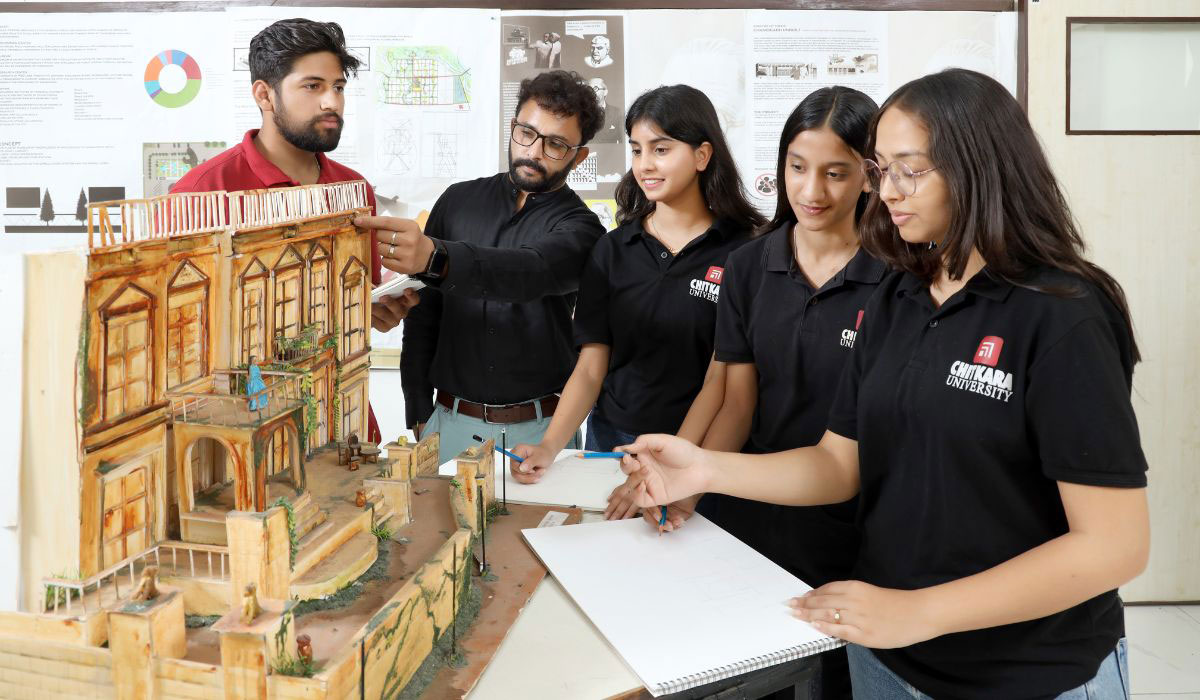Architecture and planning are very important parts of making the world we live in and how we deal with it. These fields are necessary for making settings that work, look good, and last a long time. We will talk about the basics of building and planning in this blog, including what they are and the main ideas that guide them.
What does Architecture and Planning mean?
Architecture is the science and art of making plans for houses and other structures. It means making places that not only serve their practical purposes but also inspire and delight people who use them. Architecture has many different styles and approaches, from the old-fashioned to the modern. These styles and approaches are affected by things like society, history, and technology.
But planning is the process of imagining and making plans for how communities will grow and change in the future. It includes making plans and laws that tell cities, towns, and areas how to grow. The goal of planning is to make communities that are sustainable, liveable, and welcoming, and that meet the needs of their people while also protecting the environment and cultural history.
How architecture and planning work: These are some of the main ideas and rules that lead architecture and planning:
Functionality: Spaces and buildings should be made so they can do what they’re supposed to do quickly and well.
Aesthetics: Architecture should look good and fit in with its settings so it makes the built world better.
Sustainability: Designs should use sustainable materials and technologies to have as little of an effect on the world as possible and encourage people to use less energy.
Safety: Buildings should be built according to building codes and rules to make sure the safety and well-being of the people who live or work in them.
Setting: Architecture and planning should take into account the place’s history, culture, and surroundings, while also honoring the community’s character and traditions.
User Experience: When designing spaces, people’s wants, tastes, and past experiences should be taken into account to make sure they are comfortable and easy to use.
Attaining a Bachelor of Architecture (B.Arch.) necessitates enrolling in a college and dedicating five years to academic study. The objective is to educate students comprehensively on the principles of construction by demonstrating the inner workings of structures and providing guidance on their creation.
Within the B.Arch program, students get knowledge on architectural history, construction techniques, and environmental dynamics. Additionally, they acquire proficiency in utilizing CAD (computer-aided design). In addition, they deliver presentations and construct prototypes.
Also, read this blog post: Navigating Planning & Architecture Career Paths & Requirements
Upon completion of the B.Arch degree, students have the knowledge and skills necessary to design and construct environmentally-friendly buildings and spaces. Individuals who successfully complete their education have the opportunity to pursue careers in fields such as construction, urban planning, interior design, and building consultancy, among several other occupations.
Lastly, the domains of construction and urban development are subject to constant evolution and exert a significant impact on our daily existence. Thoughtfully designed architecture significantly contributes to enhancing the quality of life and productivity in these regions.
The 5-year Bachelor of Architecture program at Chitkara University covers all aspects of the field. It focuses on encouraging creativity in building design, learning about the historical and social settings of architecture, and using technology to come up with new solutions. The program is meant to give students a solid background in both academic ideas and practical skills, setting them up for a successful future in architecture.
Students in the program can do jobs with top architecture and design companies. This gives them experience in the real world and exposure to the industry. The school also guarantees hiring on campus, with jobs at the best design firms in India guaranteed. To be eligible, you must have passed class 12 or a similar exam with certain topics and done well on the National Aptitude Test in Architecture (NATA).
The courses cover a wide range of topics, from history and design to drawing and the basics of building construction, as well as civil structures, construction management, and town planning. Internships give students real-world experience and help the program stress hands-on learning and skills that are useful in the workplace. After finishing the program, students can work as an architect, an architectural engineer, an interior and space designer, a building surveyor, a landscape architect, or a planning and development surveyor. The overall goal of Chitkara University’s Bachelor of Architecture program is to prepare students to do well in architecture and make important impacts to society.






